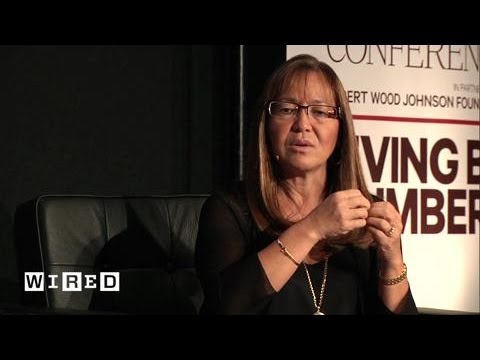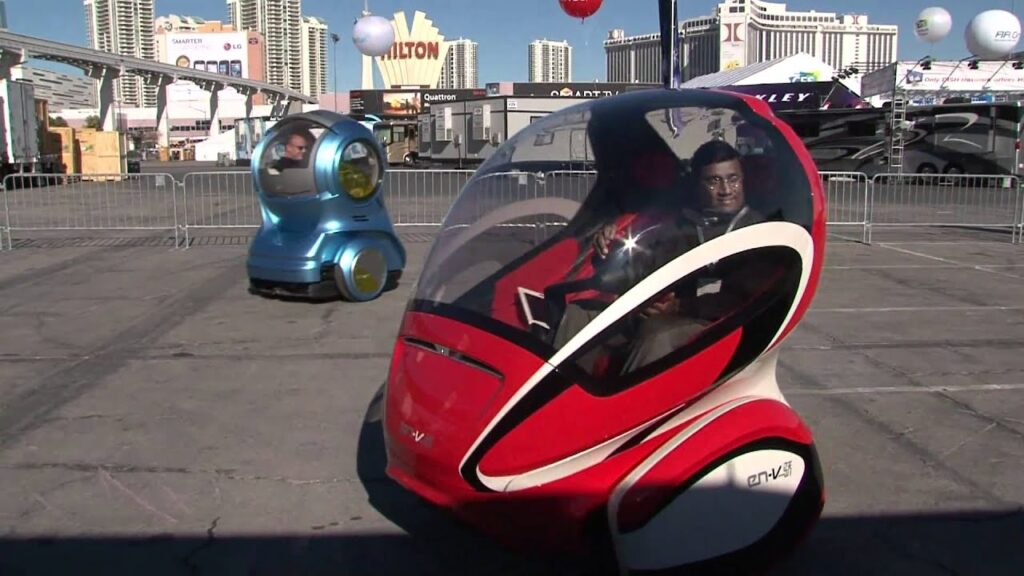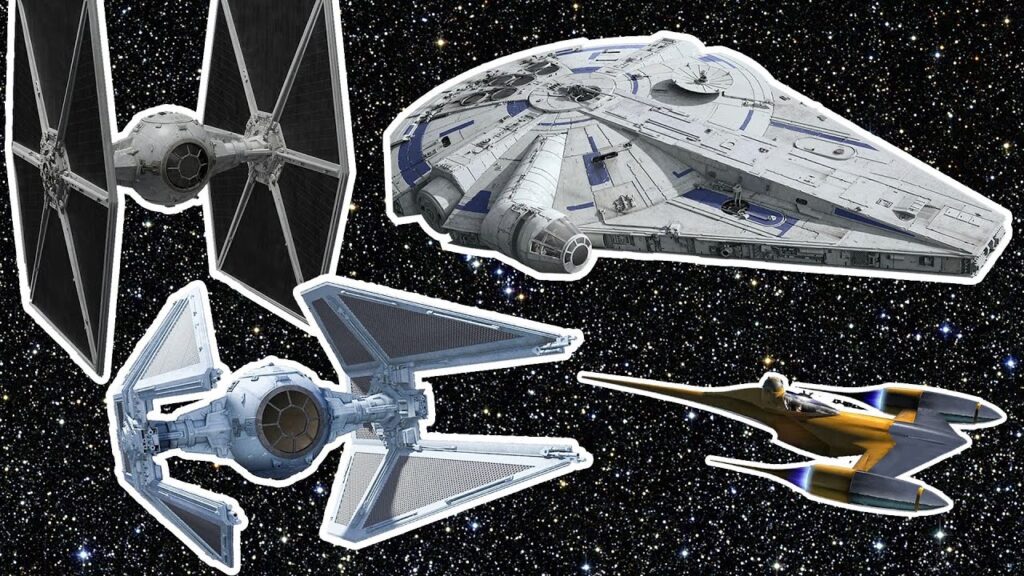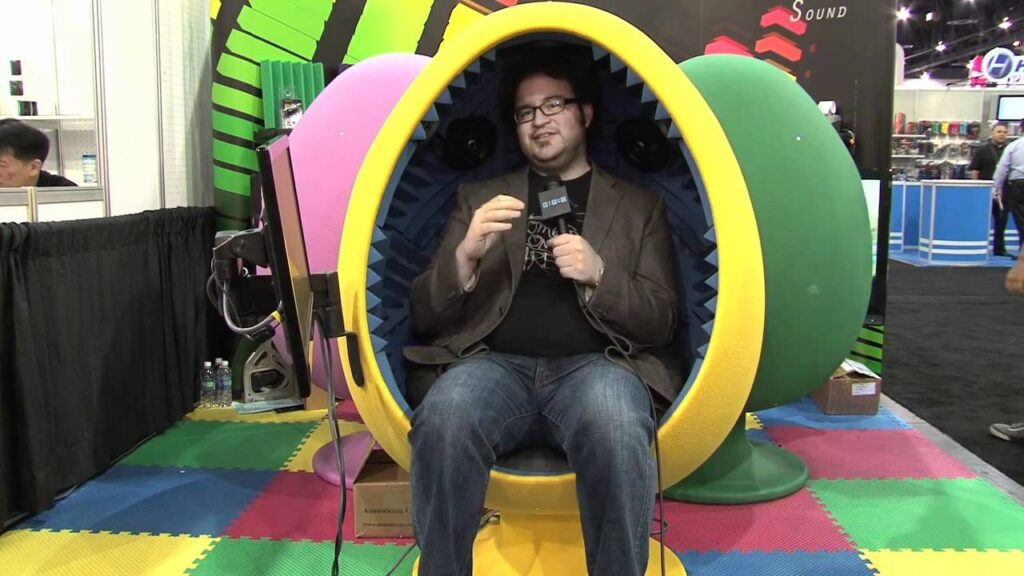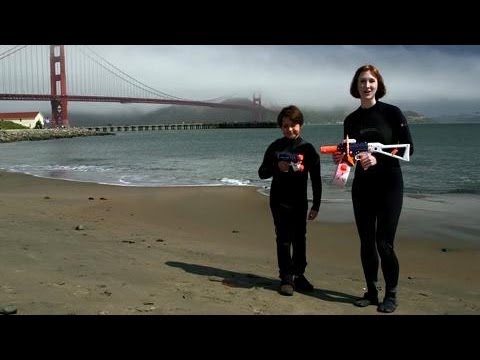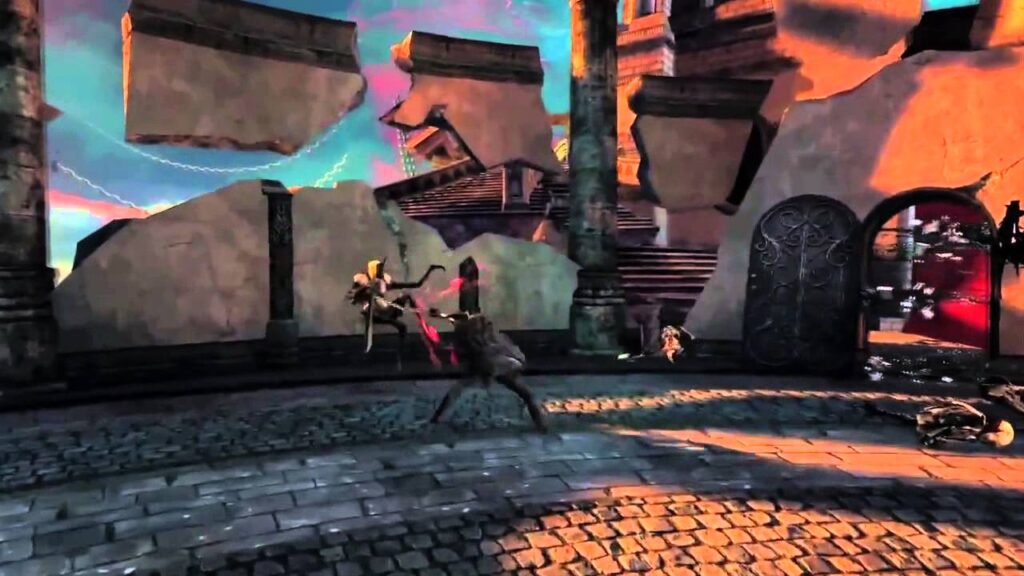A Behind-the-Scenes Look at Creating the Believable Flying Dragons in Game of Thrones
Summary
In season 3 of Game of Thrones, the talented team at Pixomondo in Germany was tasked with creating realistic flying adolescent dragons. With no real-life reference material to base their work on, the team had to work out the lift-to-wing ratios with digital wind tunnel simulations and various kinds of reference material. The final result took into account not just the realistic appearance of the dragons but also their dynamic movements and interactions with the actors in the show.
Table of Contents
- The Challenge of Creating Fictional Dragons
- Concept Designs and Reference Materials
- The Complexities of Animation
- Accurate Lighting and Interaction with Actors
- Conclusion
The Challenge of Creating Fictional Dragons
Q: What was the main challenge in creating flying adolescent dragons for Game of Thrones?
A: The biggest challenge was creating these dragons from scratch with no reference material to rely on. Pixomondo had to account for the adolescent proportions of the dragons, while also making their movements physically plausible and believable.
Q: How did Pixomondo overcome the challenge of creating these dragons without any real-life reference material?
A: The team used digital wind tunnel simulations to work out the lift-to-wing ratios and combined various kinds of reference material to create something that resembled a mix of an eagle and a bat. They also had to take into account the fact that the dragons were not yet fully grown, so they had to have a young and slightly awkward appearance.
Concept Designs and Reference Materials
Q: How did the team at Pixomondo go about developing the concept designs for the dragons?
A: The team started by looking at reference materials such as birds, bats, and other flying animals, and combined those with the adolescent proportions of the dragons. They also took into account the fact that the dragons were not yet fully grown and had to have a young and energetic appearance.
Q: What was the mix of reference materials used to create the appearance of the dragons?
A: The mix of reference materials included an eagle, which was used more for soaring and gliding motions, and a bat, which was used for the dragon’s takeoff animation.
The Complexities of Animation
Q: What was the most complicated part of creating the dragons, from an animation standpoint?
A: The most complicated part was creating the hovering mode. The team had to make sure that the dragon didn’t look too stable, but also had to have wing flaps large enough to keep the body in position. Finding the right speed and wing flap size was crucial to keeping the dragons believable.
Q: How did the team ensure the believability of the dragon’s movements and interactions with the actors?
A: The team had to get very accurate lighting and really interesting interaction between the actors and the digital character. They created a puppet creature to stand in front of the actors during filming, giving them an idea of how the dragon would look in the final shot. This was then taken out of frame, and the shot was done with a tennis ball on a stick to give the actors an eyeline.
Accurate Lighting and Interaction with Actors
Q: How did the team ensure accurate lighting for the dragons during filming?
A: The team had to ensure accurate lighting by taking into account the lighting of the entire scene and then matching that with the lighting on the dragons. This allowed for seamless integration of the dragons into the scene and gave them a realistic appearance.
Q: How did the dragons interact with the actors during filming?
A: The team used a puppet creature to stand in front of the actors during filming, giving them an idea of how the dragon would look in the final shot. The puppet was then removed from the scene, and the shot was done with a tennis ball on a stick to give the actors an eyeline.
Conclusion
In conclusion, creating realistic flying adolescent dragons for Game of Thrones was no easy feat. The talented team at Pixomondo had to work with limited reference material to create believable dragons that seamlessly integrated into the scene. Using a mix of reference materials, digital wind tunnel simulations, and creative animation techniques, the team was able to deliver on the realism and quality of feature film visual effects within the constraints and timescales of episodic television.
